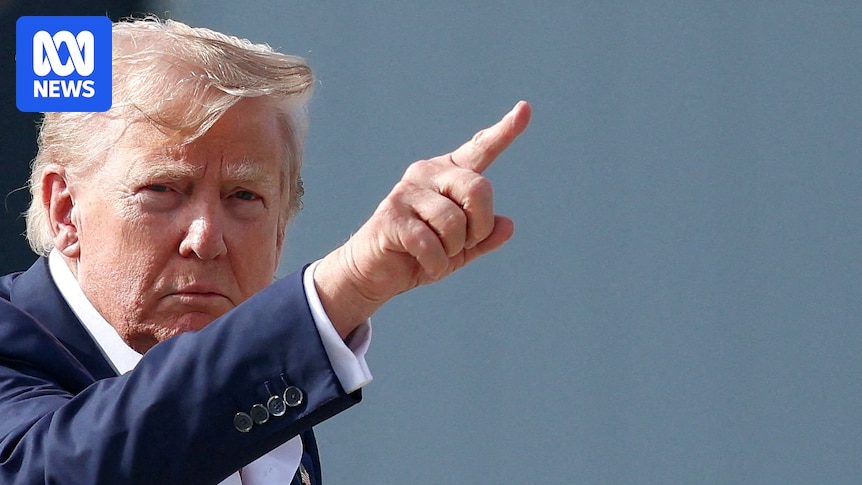Donald Trump has unveiled new tariffs for dozens of countries — but Australia has been spared, for now.
The “baseline” tariff on Australian exports remains unchanged, at 10 per cent, despite the president’s recent suggestion he would increase it.
But Mr Trump has ordered changes to the “reciprocal” tariffs on dozens of countries, which have been paused since April but were set to take effect on Friday.
They will now apply from August 7.
“The president has determined that it is necessary and appropriate to modify the reciprocal tariff rates for certain countries,” a White House statement said.
It said some countries had agreed to meaningful deals, but others had offered insufficient terms or not negotiated at all.
The hardest hit countries are Syria (41 per cent), Myanmar (40 per cent), Laos (40 per cent) and Switzerland (39 per cent).
Under a separate order, the tariff on Canadian products is rising from 25 per cent to 35 per cent.
The White House accused Canada of failing “to cooperate in curbing the ongoing flood of fentanyl and other illicit drugs”.
Earlier, Mr Trump said Canada’s decision to recognise a Palestinian state would “make it very hard for us to make a trade deal with them”.
In recent days, the US has announced agreements with the UK, the EU and six Asian nations, which will all be subject to tariffs between 10-20 per cent.
Tracking Trump’s tariffs
“Reciprocal” tariffs: Country-specific tariffs between 11-50pc were imposed in April, then paused. Some have now been modified. They are due to take effect on August 7.
“Fentanyl” tariffs: 25pc tariffs on Canada and Mexico have been in place since March, with some exemptions. The tariff on Canadian goods is increasing to 35pc.
China tariffs: A 145pc tariff on Chinese imports has been paused until mid-August. For now, minimum 30pc tariffs apply, with some exemptions.
Sector-specific tariffs: Steel, aluminium and (from August 1) copper products have 50pc tariffs. Imported cars and parts have 25pc tariffs.
Deals: The US say it has made deals with at least eight trading partners, including the UK, EU and six Asian nations. They include tariffs of 10-20pc.
“Baseline” tariff: Almost all other imports, including those from Australia, are subject to the 10pc “baseline” tariff. Donald Trump has suggested it could rise to 15-20pc, but it remains unchanged for now.
Australia watching for movement
Australia’s exports to the US have been subject to the minimum 10 per cent “baseline” tariff since April.
Mr Trump recently suggested the baseline tariff could increase to 15 or 20 per cent.
“We’re going to be setting a tariff for, essentially, the rest of the world,” he said on Monday.
“That’s what they’re going to pay if they want to do business in the United States, because you can’t sit down and make 200 deals.”
But the White House says the baseline tariff is not immediately changing, meaning the tariff on Australian products remains at 10 per cent for now.
The Australian government says any tariff on Australian exports is unjustified. It has been pushing for their removal in line with the two nations’ free trade agreement.

